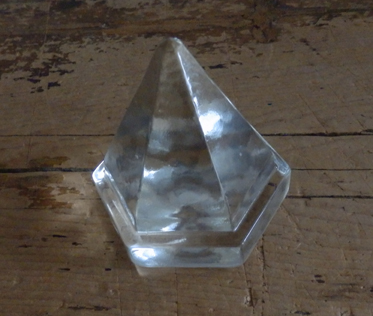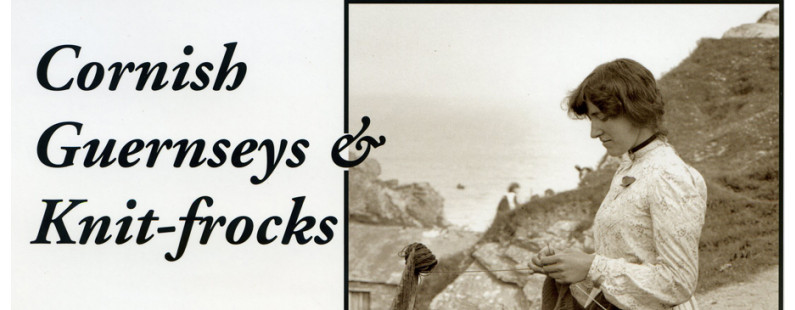Polperro Postscripts
A blog for anyone with an interest in Polperro, publishing and people... with occasional musings on history and humanity.
Subscribe
Recent Posts
 I was given this ship's prism by an American friend, Roberta Weisberg (see blog January 2016). At first, I wasn’t sure what it was… my first thought was that it was a paperweight of some sort. The smooth, hexagonal face measures three inches between opposing vertices, and three inches between opposing sides. The overall height to the tip is three inches. It is quite heavy for its size, and I'm not sure exactly how old it is.
I was given this ship's prism by an American friend, Roberta Weisberg (see blog January 2016). At first, I wasn’t sure what it was… my first thought was that it was a paperweight of some sort. The smooth, hexagonal face measures three inches between opposing vertices, and three inches between opposing sides. The overall height to the tip is three inches. It is quite heavy for its size, and I'm not sure exactly how old it is.
What I have since found out was that for centuries, sailing ships used deck prisms to provide a safe source of natural sunlight to illuminate areas below decks. Before electricity, light below a vessel's deck was provided by candles, oil and kerosene lamps - all dangerous aboard a wooden ship. The deck prism was a clever solution: laid flush into the deck, the glass prism refracted and dispersed natural light into the space below from a small deck opening without weakening the planks or becoming a fire hazard. Aboard colliers (coal ships), prisms were also used to keep check on the cargo hold: light from a fire would be collected by the prism and be made visible on the deck even in daylight.
In normal usage, the prism hangs below the overhead and disperses the light sideways; the top is flat and installed flush with the deck, becoming part of the deck. A plain flat glass window would just form a single bright spot below - not very useful for general illumination - hence the prismatic shape.

